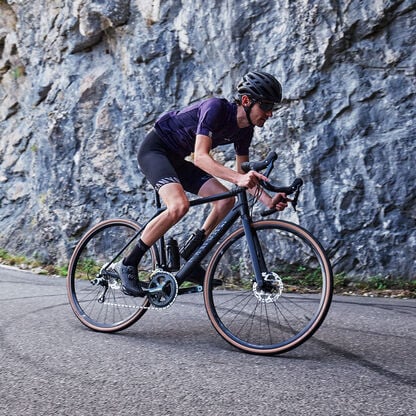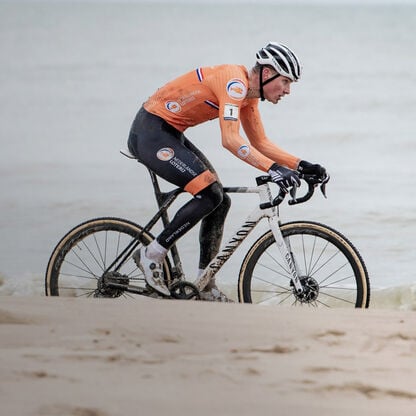Tour de France jerseys and meanings
Ever wondered what the yellow, green, polka dot and white jerseys mean at the Tour de France?

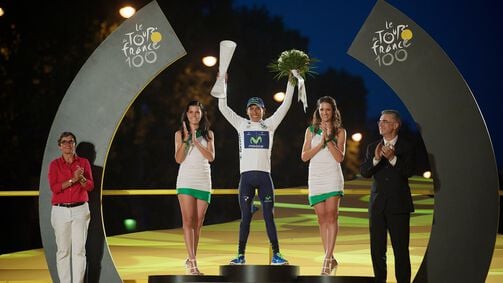
If you’re new to watching the Tour de France, you may notice four jerseys that are different from the rest of the riders in the race. Unlike one-day races, grand tours and other stage races have competitions within the competition; the special jerseys signify the leaders in those specific categories and are worn, in part, so spectators can pick them out in the crowded field of riders.
This year’s Tour de France (and the women’s version of the race, Le Tour Femmes) promises to be one of the most exciting yet, and the competition for these jerseys will be fierce.
Contents
What do the jerseys of the Tour de France mean?
At the Tour de France, riders compete for the jerseys signifying four individual classifications:
- General Classification (Yellow)
- Mountains Classification (Polka Dot)
- Points Classification (Green)
- Young Rider Classification (White)
In addition to the jersey competitions, riders also battle for the team classification and award for the most combative rider. The team isn’t awarded a jersey, but wear black on yellow race numbers and may wear yellow helmets, if they so choose. The most combatitive rider, chosen by the race jury each day, wears a special golden number the following race day.
At the end of each stage, the leaders of each classification are awarded their jersey. Those leaders wear the Tour de France yellow, polka dot, green or white jersey the next day. At the end of the race, the leaders become the overall winners of their respective jerseys.
What does the yellow jersey of the Tour de France mean?
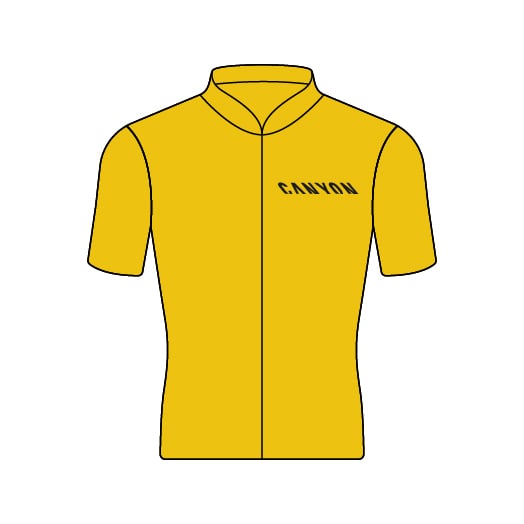
Perhaps the most famous jersey on the planet, the yellow jersey —or maillot jaune, as it’s known in French—belongs to the leader of the General Classification (GC). The yellow jersey of the Tour de France is the oldest and most coveted jersey not only of the TdF, but also the sport of cycling. The rules are simple: the rider with the fastest cumulative time wears the yellow jersey. At the end of the race, that rider is the overall winner of the Tour de France.
Previous yellow jersey winners
The riders with the most Tour de France victories in history are Jacques Anquetil, Eddy Merckx, Bernard Hinault, and Miguel Indurain, each with five general classifications wins to their name. Jonas Vingegaard (Jumbo-Visma) has won the overall yellow twice in the last two years.
Who are the main contenders for the yellow jersey in 2024?
Vingegaard was an early favorite to the overall yellow jersey again in 2024. However, his aspirations suffered a major setback after a horrible crash during stage four of Itzulia Basque Country, leaving him with a broken collarbone, multiple broken ribs, and a collapsed lung. Two of his main competitors for the yellow jersey this year, Remco Evenepoel (Soudal-QuickStep) and Primoz Roglic (Bora-Hansgrohe), were caught up in the same crash, with Evenpoel also suffering a broken collarbone. It remains to be seen how this will impact the race in July.
What does the polka dot jersey of the Tour de France mean?
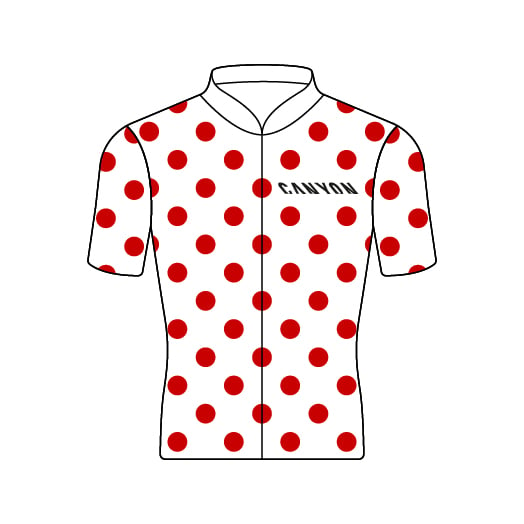
Introduced in 1933 as a second classification for riders to pursue, the winner of the mountains classification is awarded a polka dot jersey for conquering the most climbs of the Tour de France. The rider wearing the polka dot jersey is often referred to as the King of the Mountains.
Each significant climb throughout the race is categorised from 1 (most difficult) to 4 (least difficult) based on factors such as gradient and length. Tougher climbs attract more points for the riders first across the summit. Hors categorie –meaning uncategorised in French – climbs are so difficult, they’re said to defy categorization. As such, these ascents are awarded the most points, while summit finishes (stages that end at the peak of a climb) are worth double points.
Previous winners of the polka dot jersey
Richard Virenque still holds the record for the number of polka dot jerseys to his name with seven King of the Mountains victories throughout his career. Giulio Ciccone (Trek–Segafredo) won the polka dot jersey at the 2023 race, the first Italian King of the Mountains since 1992.
Who are the main contenders for the polka dot jersey in 2024?
Ciccone could contend for the polka dot jersey again in 2024, but his main focus this year may be his home tour, the Giro d’Italia. Canyon-sponsored Nairo Quintana (Movistar) won the polka dot jersey in 2013 and was expected to contend for that jersey once again this year, perhaps atop the Canyon Ultimate CFR. However, a ruptured ligament suffered during the Volta a Catalunya could derail those plans. The wide-open competition for this year’s polka dot jersey should be exciting, with any number of riders attempting to etch their name in the record books.
What does the green jersey of the Tour de France mean?
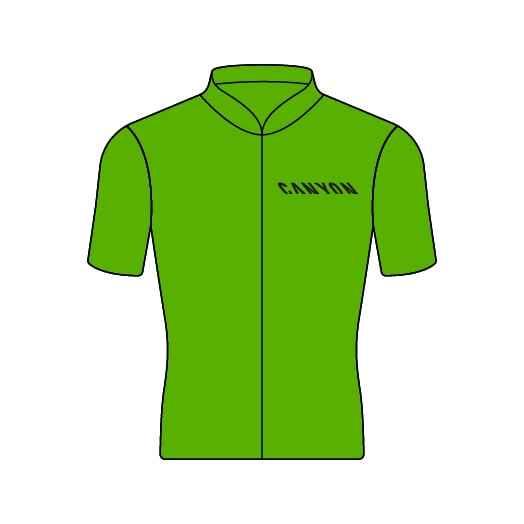
When fans think of the Tour de France, they often associate the race with daring climbers and massive mountain stages, but the sprinters deserve recognition as well. The green jersey of the Tour de France or the maillot vert is awarded to the rider with the most cumulative points at the end of each stage and, of course, at the end of the TdF.
The first 15 riders across the line in any stage are awarded points. The first rider receives the most points and the following 14 gradually fewer points. To incentivise the sprinters, more points are available on flat stages. Intermediate sprints mid-way through other non-flat stages offer yet more points to add to the riders’ totals.
Previous winners of the green jersey
Peter Sagan’s name became synonymous with the green jersey, winning the points classification a staggering seven times during his career, often in dominating fashion. Mark Cavendish has won the overall green jersey twice in his career and is tied for the most Tour de France stage victories (34) with Eddy Merckx. Jasper Philipsen (Alpecin-Deceuninck) dominated the sprints last year on his Canyon road bike on his way to winning the points classification. (You don’t have to win the green jersey competition to look like part of his team, as Canyon sells official Alpecin-Deceuninck gear.)
Who are the main contenders for the green jersey in 2024?
All eyes will be on Cavendish during the sprints this year as he pursues his 35th stage win, but Philipsen will be tough to be beat, both in the individual sprints and the race for the overall green jersey.
What does the white jersey of the Tour de France mean?
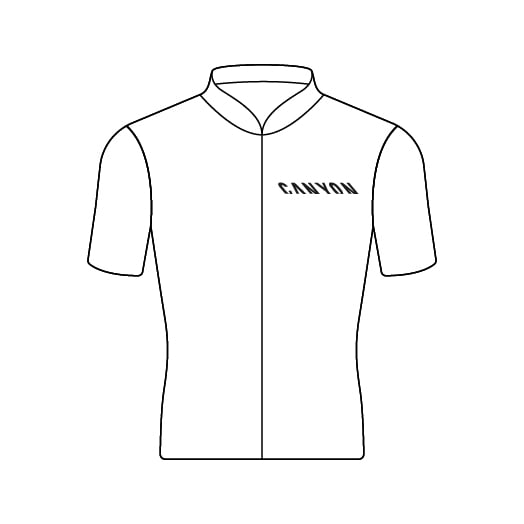
The young rider classification has been around since 1987 in its current format. The winner of the white jersey of the Tour de France is the leading rider under the age of 26 in the general classification. The winner of the white jersey has also been the winner of the yellow jersey numerous times throughout the race’s history.
Previous winners of the white jersey
Andy Schleck and Jan Ullrich both won the white jersey three times during their Tour de France careers. Quintana won the young rider classification twice for Movistar Team: once in 2013 when he also won the polka dot jersey and again in 2015 when he came in second overall. Tadej Pogačar has won the best young rider categorization a record-breaking four times, spending 75 days in white. (He also won the overall yellow and polka dot jerseys in two of those years.)
Who are the main contenders for the white jersey in 2024?
Pogačar is no longer eligible to win the white jersey, but this year he may attempt to win the yellow jersey once again, as well as the pink jersey given to the overall winner of the Giro d’Italia. (The last person to accomplish this feat was Marco Pantini in 1998.) So who will end the Tour de France in white this year? Carlos Rodríguez (INEOS Grenadiers) placed fifth in last year’s Tour and will only be 23 years old this year. Spanish national champion and Canyon-sponsored Oier Lazkano (Movistar) rider could potentially be a dark horse for the white jersey if the 24 year old is chosen for the TdF squad. Discover which Canyon racing bikes are used by the Movistar team.
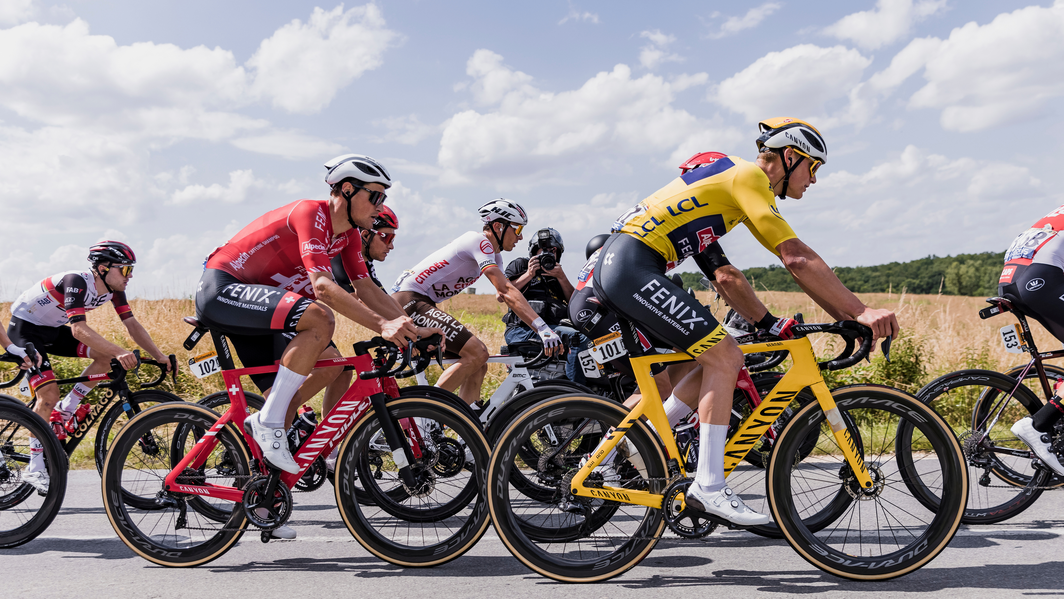
Tour de France Team and Most Combative Rider Classifications
There are two categories that don’t receive a special jersey: the teams and most aggressive rider classifications.
The team prize is awarded to the group of riders with the fastest cumulative time throughout the race. This takes into account every rider’s time, not just those in the highest position. Teams rarely, if ever, enter the Tour with the Team Classification as their sole goal, but later in the race, it can be a fun prize to aim for. Canyon-sponsored Movistar has taken the prize for the best team no less than five times, most recently in 2020. Jumbo-Visma won this classification last year.
The most-combative rider award is awarded to the most aggressive rider of the day, typically one who animated a breakaway or attempted a daring solo escape. Victor Campenaerts (Lotto–Dstny) earned this honor last year.
Discover our Road Bikes
Did this article help?
Thank you for your feedback


